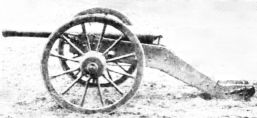New Boston Historical Society
New Boston, New Hampshire

Frank Greer's shop was moved in 1908.
The moveable shop of Frank Greer, Druggist
by Dan Rothman for the May/June 2025 issue of the Center of Gravity Gazette
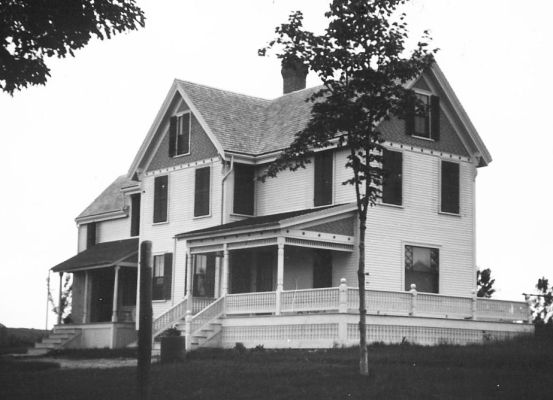
The Bedford Road house of Ernest Bartlett c.1900; later the Eiermann home.
It's the 3rd house on the left after Molly Stark Lane.
The old drugstore was moved here from the village center.
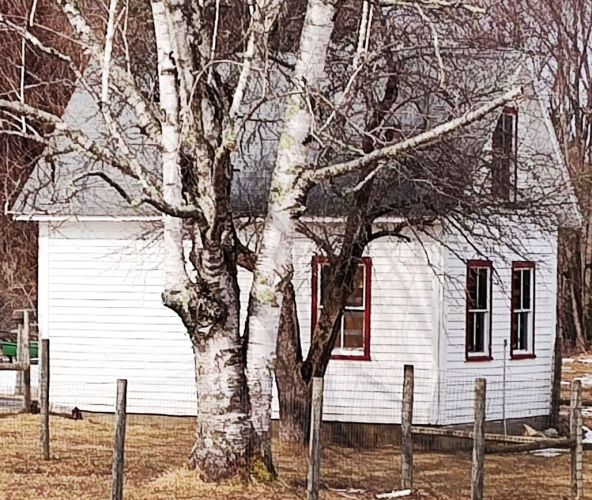
The former drugstore is now a one-horse barn behind the house.
In 1892, the year before he died, Ezra Dodge rented his shop to a pharmacist named Frank Greer. Greer filled prescriptions and sold patent medicines in little glass bottles. When Ezra's widow Betsey Dodge died in 1908, Ernest Bartlett bought the property and moved the old workshop up to his house on Bedford Road. Bartlett then built a bigger drugstore for his tenant Frank Greer.
Greer retired in 1920, and for many years Ernest Hagland was the druggist at this location. I wrote about Hagland's Drug Store in the September/October 2022 issue of the Center of Gravity Gazette, with a photo of Ernest standing near his soda fountain. After Ernest Hagland died in 1948, the store beside the bridge became Kane's Luncheonette, then Pringle's, Roger Webber's antiques, and Hunter's Angling Supply, before it was Tates Gallery. However, this column is not about the "new" store — it's about the cobbler's shop / drugstore that was moved up-hill in 1908.
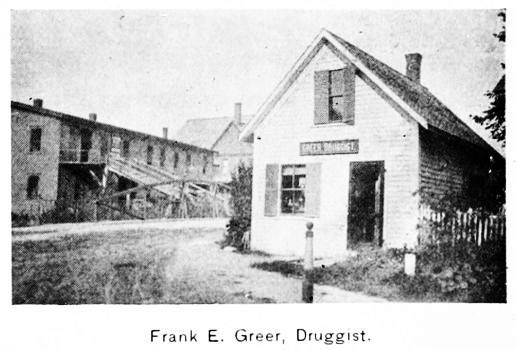
Frank Greer's drugstore in its original location, before it was moved to Bedford Road
To the left of the shop you see the old iron bridge, behind which is a blacksmith's shop with a steep ramp leading upstairs to a carriage painter's shop. The blacksmith's shop is gone now; there's a garden center at that location. The building in the background is Dodge's general store, although in 1897 the storekeeper was S. D. Atwood.
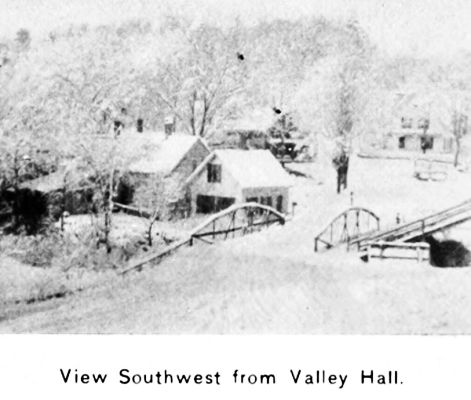
Greer's drugstore can be seen across the bridge from the 2nd floor of Dodge's Store.
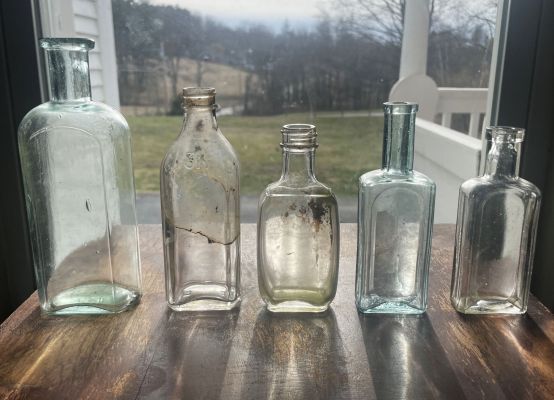
Bottles found in the shop when it was converted to a barn
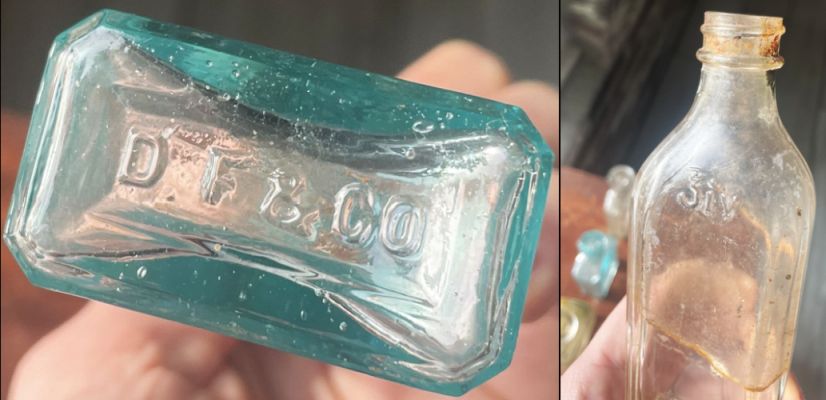
Bottle marks identify the manufacturer; what looks like "3iv" means it's a 4 ounce bottle.
How was the old cobbler's shop / drugstore moved up hill? It was most likely dragged on rollers by a team of oxen or horses. A hundred years ago it was not unusual to move buildings much larger than this little shop. For example, there once was a two-story house just across from Dodge's Store, off-camera to the left of the bridge in the "View from Valley Hall." This house was jacked up and slid across Mill Street in 1927 to make room for the brick Wason Memorial building that's now the Historical Society museum. The house is attached to the Community Church and it's called "Nan's House."
Postscript: When I showed a draft of my story to Historical Society president David Woodbury, who has an excellent memory, David said about 35 Bedford Road, "That's where Delbert Quimby was gored by a bull in 1936!"
1936 was before David was born, but he heard the bull story many years later from Delbert himself. It seems that when Delbert Quimby was a young man, he worked for Harland Shattuck, who owned the Bedford Road property at the time. One day, Delbert was busy wrestling with an obstinate cow in Harland's barn, and he forgot to pay attention to the bull that was chained in the next tie-up. (You can't see the cow barn today – it was struck by lightning and burned in 1944.)
The inattentive Delbert was gored in the leg by the big bull, and he sued his employer seeking compensation for his injury. The lawsuit "Quimby v. Shattuck" went all the way to the New Hampshire Supreme Court, where the judge ruled that Delbert should have known better, and dismissed the case.
